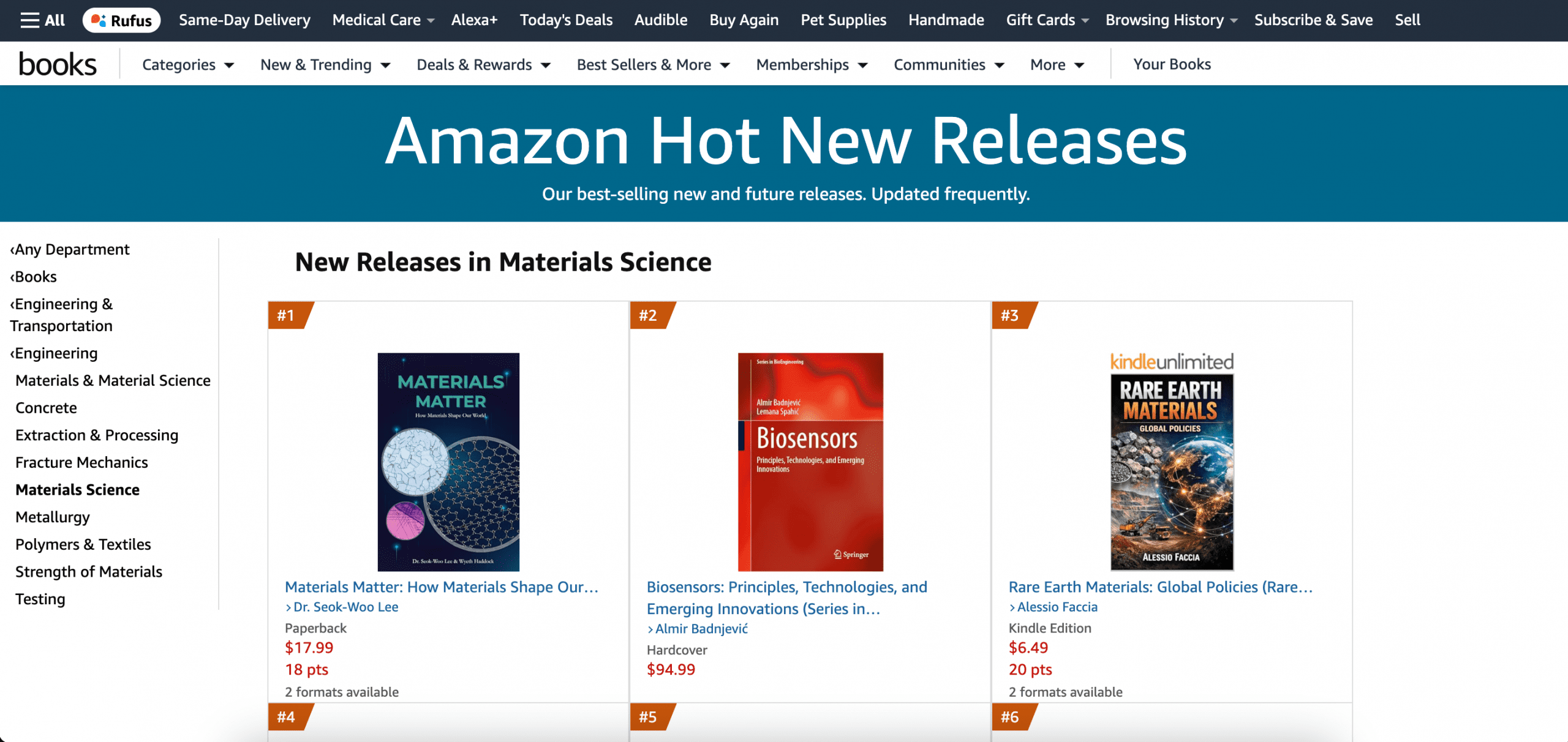Alex gave an oral presentation at MRS Fall 2025 at Boston!
Symposium: SF10: Dislocation Behavior in Crystalline Materials—90 Years of Dislocation Theory and Application
Abstract Title: The Effects of Microstructure on Dislocation-Mediated Hysteresis Behavior of CaFe2As2 Single Crystal under Nanoindentation
Presenter: Alexander Horvath
Authors: Alexander Horvath(1); Sarshad Rommel(1); Juan Schmidt(2); Daniel Saccone(1); Paul Canfield(2); Mark Aindow(1); Seok-Woo Lee(1)
Institutions: 1. Materials Science & Engineering, University of Connecticut, Storrs, CT, United States. 2. Ames Laboratory & Department of Physics and Astronomy, Iowa State University, Ames, IA, United States.
Abstract:
CaFe2As2 has emerged as a material of interest due to its exotic electronic and mechanical behaviors, including high-temperature superconductivity, superelasticity, and a cryogenic shape memory effect. Under c-axis compression, it exhibits a unique lattice-collapse phase transition with over 13% elastic strain and significant hysteresis, indicating substantial energy dissipation. Interestingly, recent studies have shown that nanoindentation along the a-axis also results in hysteresis in load-displacement data, although through a fundamentally different mechanism involving reversed dislocation flow.
Due to the layered crystal structure of CaFe2As2, nanoindentation along a-axis (i.e., in-plane direction) generates a high density of geometrically necessary edge dislocations. These dislocations organize into dense, vertically aligned arrays that form high-angle kink boundaries. This phenomenon is consistent with the classical Frank and Stroh model, where kinks arise from oppositely signed nucleated dislocations gliding apart to form a lattice misorientation. Our previous work found that mobile dislocations become trapped between these high-angle kink boundaries and remain as active plasticity carriers. Under loading, these dislocations accumulate near the kink boundaries, generating back stress that induces reversed dislocation flow during unloading-resulting in the observed hysteresis. This behavior exemplifies the Bauschinger effect, which is typically associated with tension-compression asymmetry in stress-strain curves.
Previous studies used Sn-solution-grown CaFe2As2 single crystals, which are nearly defect-free in the as-grown state. However, the influence of microstructural variation had not been explored. In this work, we demonstrate that growing CaFe2As2 in an FeAs solution allows for the introduction of Ca-vacancy loops and nanoscale FeAs precipitates, both of which can be tuned via post-growth annealing at elevated temperatures. We investigated the impact of these microstructural features on the hysteresis behavior under a-axis nanoindentation. The quenched sample exhibits a much greater indentation depth per given load as well as a larger hysteresis area. This is because the high density of Ca vacancy loops, which could also serve as nanoscale pre-crack, facilitates the penetration of indenter tip, dislocation nucleation, and the formation of kinks, leading to the stronger Bauschinger effect. In contrast, the quenched/annealed sample shows similar hysteresis behavior with the Sn-grown sample, which is nearly defect-free, because high temperature annealing annihilates Ca vacancy loops by forming FeAs intermetallics. Because FeAs intermetallics are smoothly connected through coherent phase boundaries due to the excellent lattice match, the microstructural state of annealed samples is nearly close to that of the Sn-grown one. Our results clearly demonstrate that the hysteresis behavior under a-axis nanoindentation in CaFe2As2 can be tuned through microstructural control. This study also provides insights into hysteresis mechanisms in other atomically layered materials such as graphite, MAX phases, and over 1,500 ThCr2Si2-structured intermetallic compounds. These findings demonstrate not only that the hysteresis behavior in CaFe2As2 can be tailored through microstructural engineering, but also offer a deeper understanding of dislocation-mediated deformation and energy dissipation mechanisms in a broad class of atomically layered materials.

